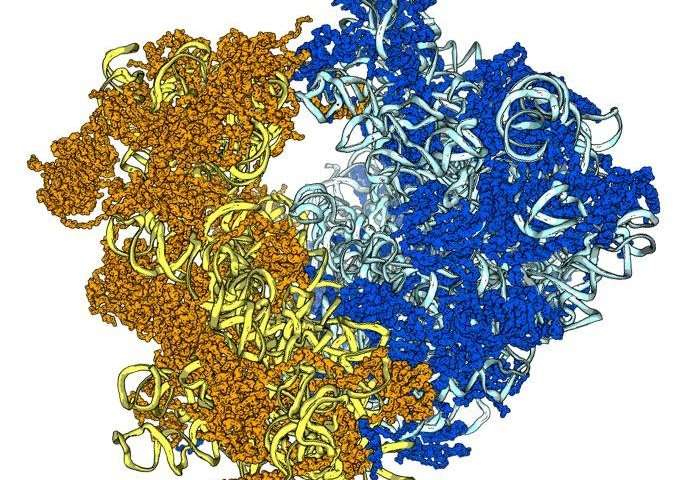Daffodils to fight against cancer

A study published in the scientific journal Structure (Cell Press) describes the anti-cancer effects of a natural alkaloid extracted from Daffodils. Led by Denis Lafontaine, affiliated with the Faculty of Sciences at the ULB, the researchers have discovered that this compound triggers the activation of an anti-tumoral surveillance pathway.
Will Daffodils soon help curing cancer? A study from the RNA Molecular Biology Laboratory, published in the journal Structure, took a first step in that direction. Led by Denis Lafontaine, the researchers extracted a natural anti-cancer compound from daffodils (Amaryllidaceae Narcissus). They established that this compound, an alkaloid named haemanthamine, binds to the ribosome. Ribosomes are nanomachines essential to the survival of our cells because they synthesize all our proteins. To sustain their unrestrained growth, cancer cells rely on increased protein synthesis, and are therefore particularly sensitive to treatments that inhibit the production and the function of ribosomes.
In this new study, the researchers have shown that haemanthamine blocks the production of protein by ribosomes, thus slowing growth of cancer cells. Haemanthamine also inhibits the production of these nanomachines in the nucleolus (the "ribosome factory"): this nucleolar stress triggers the activation of an anti-tumoral surveillance pathway leading to the stabilization of the protein p53 and to the elimination of cancer cells.
This study provides for the first time a molecular explanation to the anti-tumoral activity of Daffodils used for centuries in folk medicine. Haemanthamine belongs to a large family of therapeutic molecules of natural origin: numerous other alkaloids, used in human health, are extracted from plants, such as morphine (potent pain killer), quinine (anti-malarial agent), and ephedrine (anti-asthmatic).
In a near future, the team of Denis Lafontaine, in collaboration with Veronique Mathieu (Faculty of Pharmacy- ULB), will test the effect on ribosome biogenesis and function of four Amaryllidaceae alkaloids, representative of the chemical diversity of these molecules. Their goal will be to identify rapidly the most promising chemical backbone to be further developed as a lead compound in cancer therapeutics.
More information: Simone Pellegrino et al, The Amaryllidaceae Alkaloid Haemanthamine Binds the Eukaryotic Ribosome to Repress Cancer Cell Growth, Structure (2018). DOI: 10.1016/j.str.2018.01.009


















